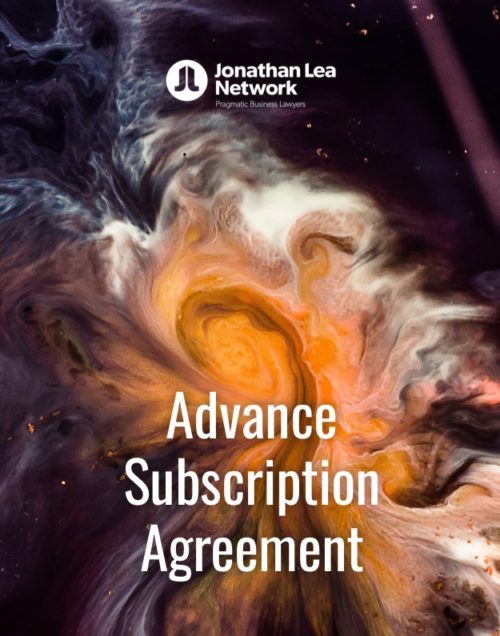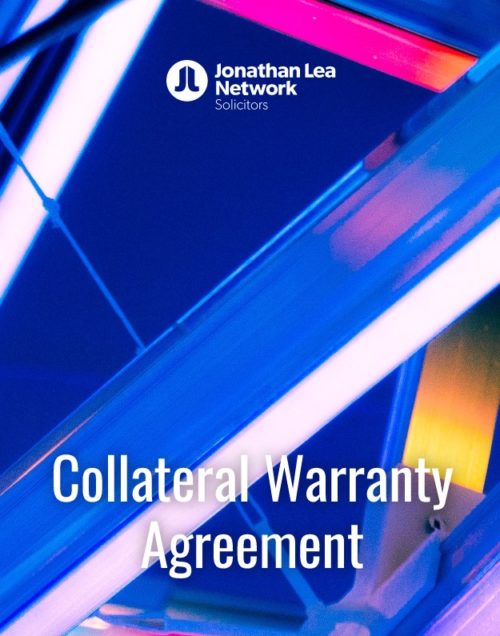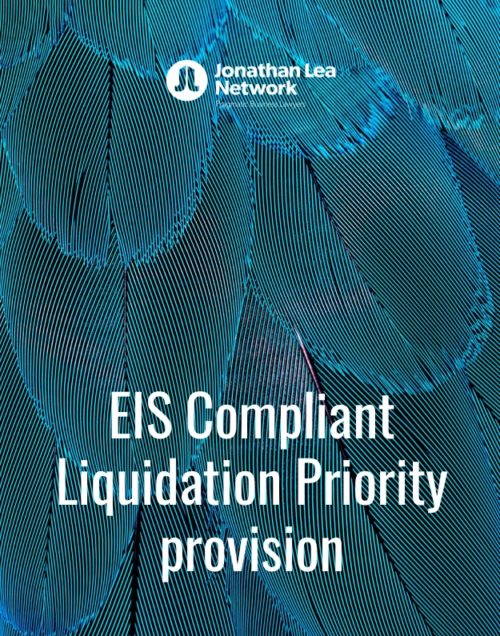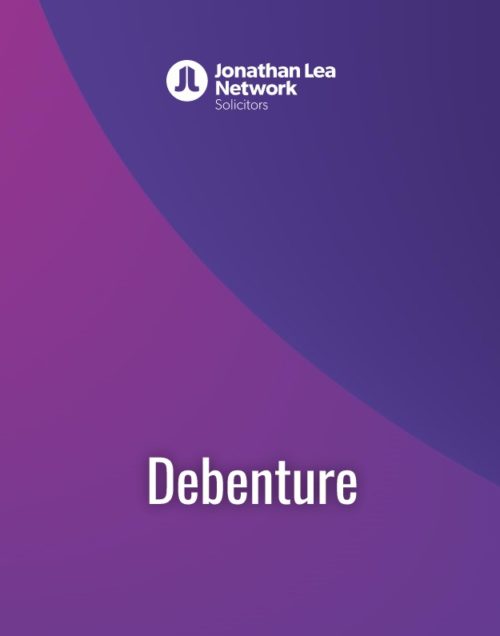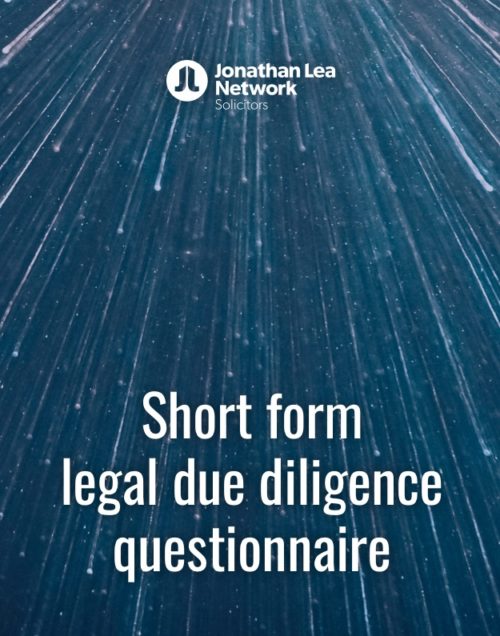Company Advisor Agreement
£6.99
This template company advisor agreement is suitable for a private limited company or person that is seeking to enter into an advisor contract and to ensure there is a valid and legally binding contract. You are of course free to adapt the template agreement as you deem necessary.
Whilst we make every effort to ensure the materials provided on this website are accurate and up to date, we do not warrant, whether express or implied that the template agreement and guidance will be free of any inaccuracies, omissions or errors (“Faults”). We shall not be liable for any loss, damage or cost resulting from any such Faults. You assume sole responsibility and entire risk as to the suitability and results obtained from use of the template agreement and guidance.
COMPANY ADVISOR AGREEMENT – GUIDANCE NOTES
Using This Template
This template company advisor agreement is suitable for a private limited company or person that is seeking to enter into an advisor contract and to ensure there is a valid and legally binding contract. You are of course free to adapt the template agreement as you deem necessary.
Whilst we make every effort to ensure the materials provided on this website are accurate and up to date, we do not warrant, whether express or implied that the template agreement and guidance will be free of any inaccuracies, omissions or errors (“Faults”). We shall not be liable for any loss, damage or cost resulting from any such Faults. You assume sole responsibility and entire risk as to the suitability and results obtained from use of the template agreement and guidance.
Your input is required at the parts of the template highlighted in yellow and the wording inside the square brackets which we have included explains clearly the information that should be inserted. You are advised to fill in the wording in square brackets in lower case unless directed otherwise. Any figures should be entered in numerical form. The square brackets and any yellow highlight should be removed after the amendments are made (so as to produce a ‘final form’).
This agreement is intended as a template only and must be adapted to the particular circumstances of your case.
Clause 1 (Interpretation)
Clause 1 sets out the definitions that will apply throughout the Agreement– the main purpose behind this is to reduce repetition within the body of the agreement, making it shorter and easier to read.
In addition, as it gives specific meanings to particular terms used and avoids ambiguity and makes it clear that those terms are intended to include matters which they might otherwise be found not to cover (or vice versa).
Unless expressly defined, the courts will interpret non-technical terms in accordance with their ordinary and natural meaning, or the meaning which can be inferred by the words that the parties chose to use in the articles. Extrinsic expert evidence may be necessary to interpret technical terms not defined in the agreement itself.
Clause 2 (Term of Appointment)
This clause confirms that the “Advisor” will be providing services to the company under the terms of this agreement until it is terminated by either party giving the other a certain period of written notice.
Clause 3 (Warranties)
Warranties are effectively contractual promises that a given statement of fact is true. This clause will give rise to a cause of action for breach of warranty if it transpires that a signing party lacked authority to advise, or assigned or otherwise transferred its interest in the advice being given.
Clause 4 (Status)
This clause simply reiterates the fact that the agreement is one for services rather than employment. Although this may simply be seen as a ‘label’, and the courts will look to the substance of the agreement to determine the nature of it, this clause will indicate what the parties’ intention was right from the outset.
The advisor will be responsible for indemnifying the company for sums that they may have to pay in relation to any claims brought against the company as to the worker status of the advisor.
Clause 5 (Duties)
This clause sets out the key duties and responsibilities of the adviser and so should be carefully reviewed.
Clause 5.5 ensures that the advisor cannot claim ownership of company property upon termination of their contract. For example, if the advisor is given a work phone by the company, this clause ensures the advisor can’t claim to have a right to that mobile phone upon termination of the contract.
Clause 6 (Renumeration and Benefits)
Clause 6.1 specifies that the advisor will not be entitled to any cash renumeration.
Clause 6.2 sets out the shares to be allotted. This should be considered carefully and in conjunction with Schedule One, in particular whether or not the shares will be voting or not voting. You can adapt this clause accordingly.
Clause 7 (Expenses)
This clause is a typical reimbursement clause where there is, as is often the case, a written expenses policy which sets out in detail what expenses are recoverable etc.
This clause offers protection so as to avoid the situation where the employee goes out and incurs expenses which are not appropriate, and therefore the company is under no obligation to reimburse such costs.
Clause 8 (Other Activities)
This clause allows the advisor to do business with others whilst they provide services to the company, so long as these other businesses do not directly compete with the company. Where this is the case, written consent would need to be granted by the company to give the advisor permission to pursue this. This is to avoid the company from being in a situation where their competitors are using the same advisor for the same work, which may in turn result in the same end results, preventing them from differentiating their business from that of their competitor.
Clause 9 (Confidential Information)
Clause 9 sets out the confidentiality obligations that the advisor must adhere to as a result of their contractual relationship with the Company.
Clause 10 (Termination)
Clause 10.1 sets out the circumstances in which the company will be entitled to terminate the advisor’s contract with immediate effect without notice (and with no liability to make any further payment to the advisor).
Clause 11 (Data Protection)
This clause is necessary to provide a remedy in the event that a party seeks to bring a claim in respect of any of the advice or services provided.
Clause 12 (Intellectual Property)
This clause is particularly important as without it ensures that the advisor will not be deemed to own any work they produce, regardless of whether the company has paid for it or not. Essentially, the advisor gives up any IP rights that they may have in relation to the work that they produce as part of their services to the company.
Clause 13 (Entire Agreement)
Parties cannot exclude liability for fraudulent misrepresentation. This clause therefore seeks to:
- Avoids falling foul of section 3 of the Misrepresentation Act 1967 by requiring the parties to acknowledge that they have not relied on any representation which is not set out in the agreement.
- Exclude a party’s liability for misrepresentation, other than for fraudulent misrepresentation.
Where the parties have recorded the terms of their agreement in writing, there is a presumption that the written document contains all the terms of the contract. The rationale behind an entire agreement clause is to prevent this presumption from being displaced, and also to prevent the courts from finding that pre-contractual statements constitute some other side agreement between the parties.
Clause 14 (Variation)
This clause is intended to exclude the possibility of informal, and perhaps inadvertent, oral variations being made to the agreement
Clause 15 (Counterparts)
This clause provides that the parties to the agreement may execute (i.e., sign) separate copies of it, rather than all parties having to sign the same copy of the agreement. Using a counterpart’s clause is advisable for reasons of certainty, to prevent any argument that the agreement is not binding because it has not been properly executed and are useful where the parties are executing separate copies of an agreement.
Inclusion of this clause does not prevent the parties from all signing one copy of the agreement if that is desired – it just gives the parties the option to remotely sign/execute one copy of the agreement without all parties having to physically meet and sign the one version (which could be complicated for logistical reasons and may increase the parties’ respective costs if lawyers are involved).
Clause 16 (Third Party Rights)
Certain rights can accrue unintentionally under the 1999 Act – This wording excludes the effect of the Act and prevents third parties having rights under this settlement agreement.
This is a standard clause protecting the agreement from any rights of Third Parties. No changes are required.
Clauses 17 and 18 (Governing Law and Jurisdiction)
A jurisdiction clause should be included to identify the forum in which parties would like disputes under the settlement agreement to be resolved. The draft provides for disputes to be resolved in the courts of England and Wales.
This sets out the Governing Law of any disputes or claims, alongside the method by which these would be resolved. We emphasise the use of arbitration as this ensures consistency of treatment. It also avoids any conflicts between documents.
A governing law clause should be included where the parties want all disputes arising under the agreement to be determined in accordance with the substantive laws of a particular country. The choice of governing law should be considered before beginning to draft since, if it is not to be English law, a lawyer qualified in the relevant jurisdiction will need to advise on, or draft, the agreement.
Schedule One
This schedule sets out the specific terms and limitations to the shares being allotted in return for the services.
Clause 1 details the reverse vesting schedule and contains provisions for the different types of leavers. This must be cross-referenced to the company’s articles of association to ensure the terms defined are in accordance with this.


